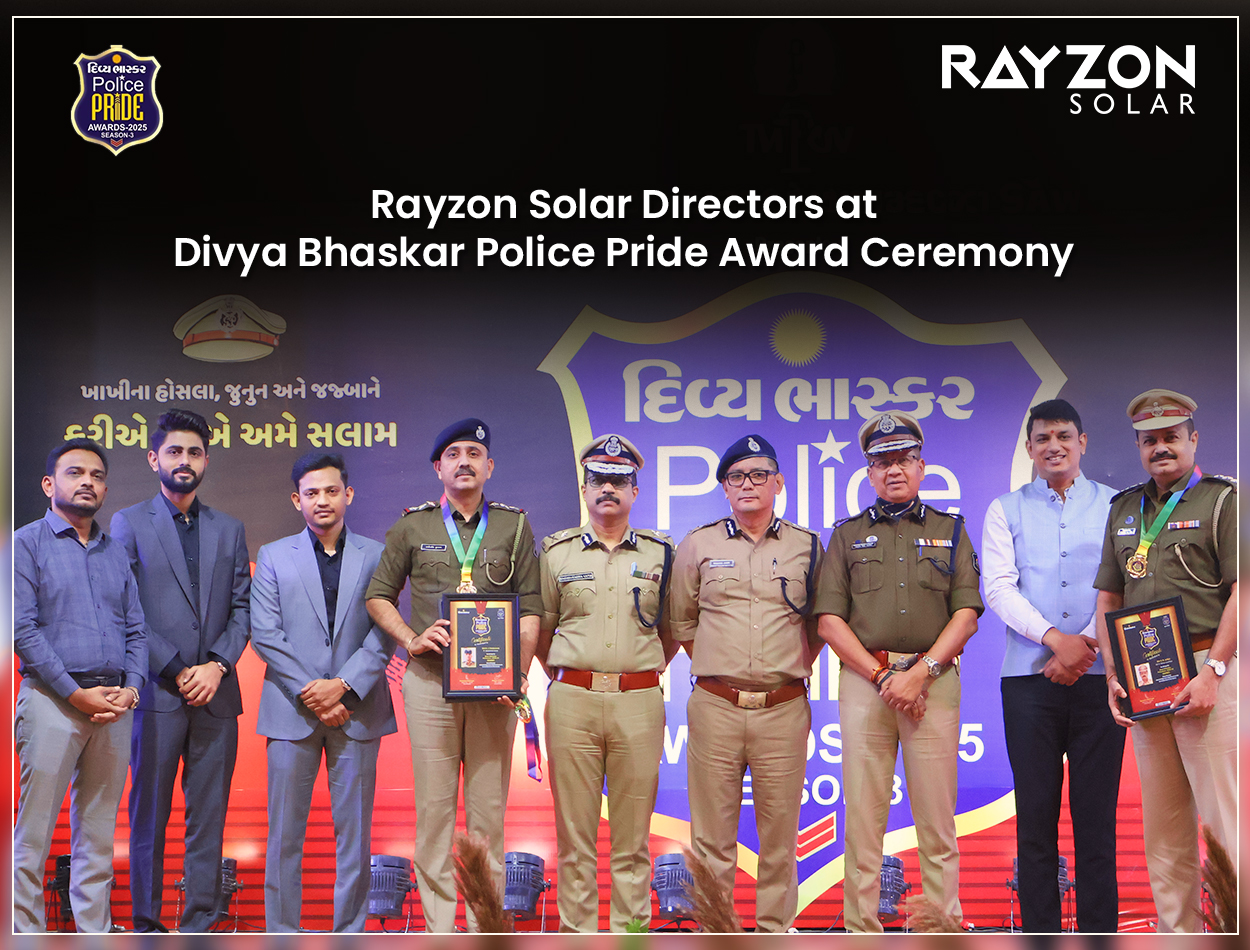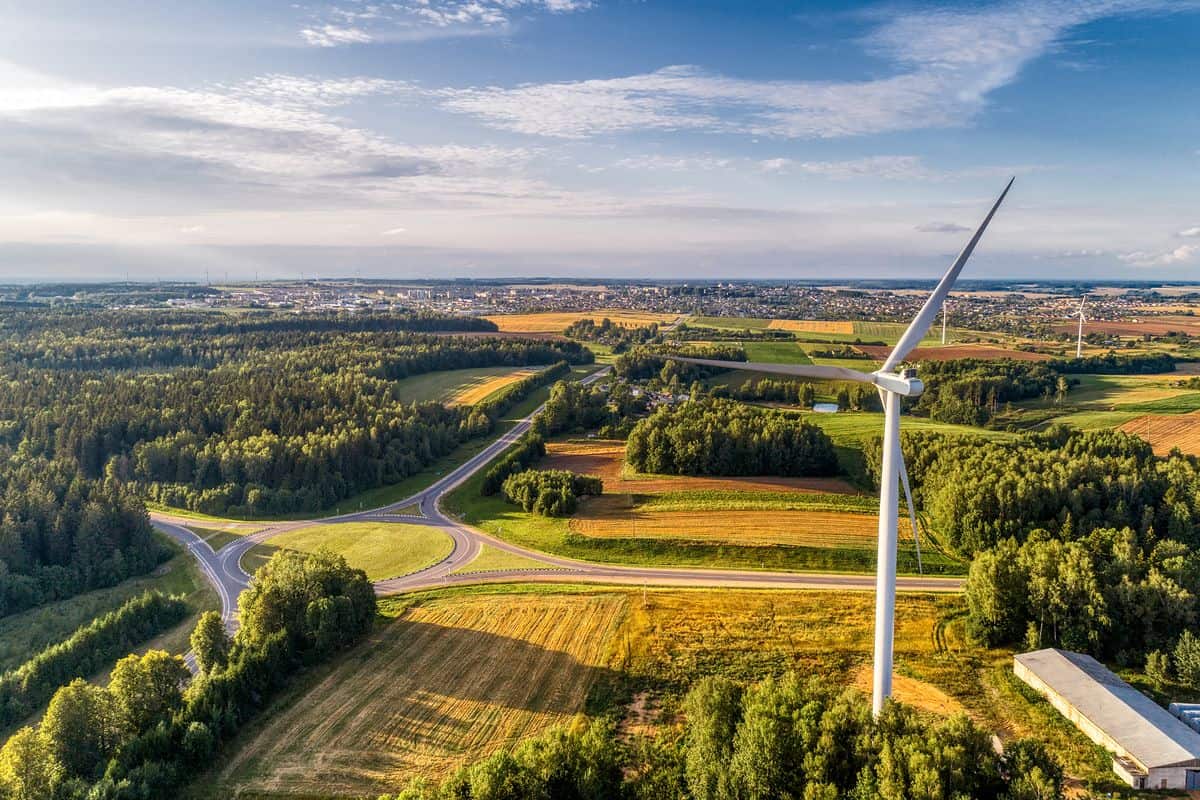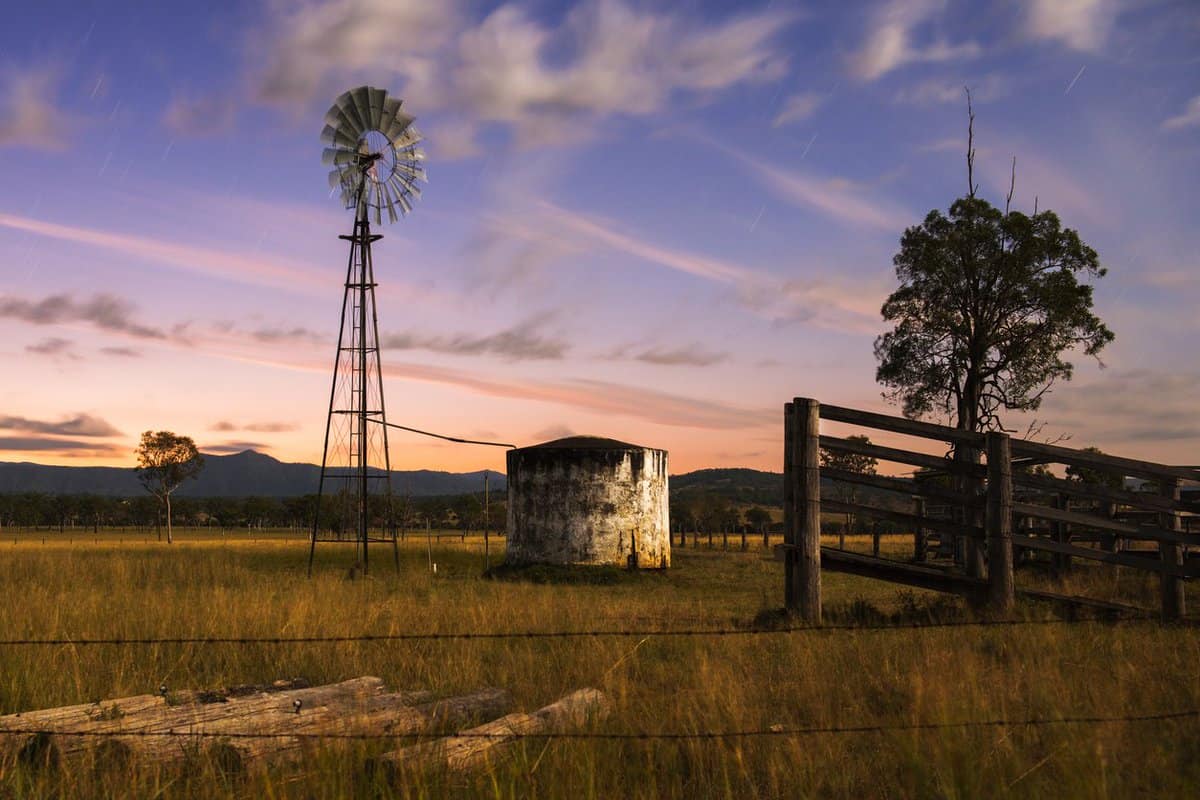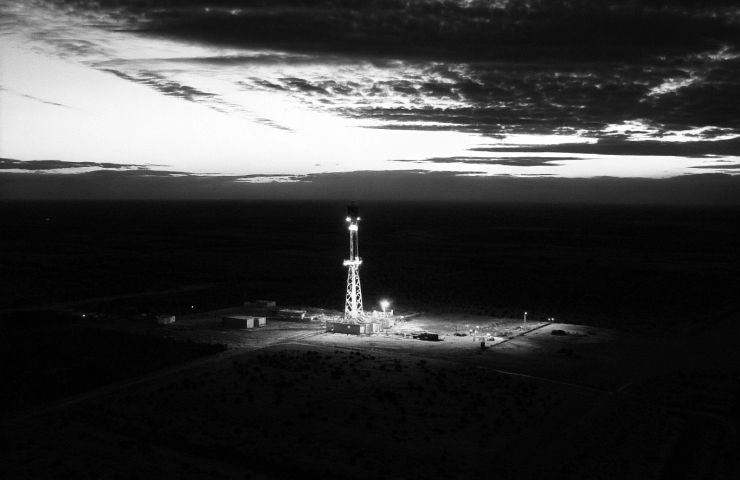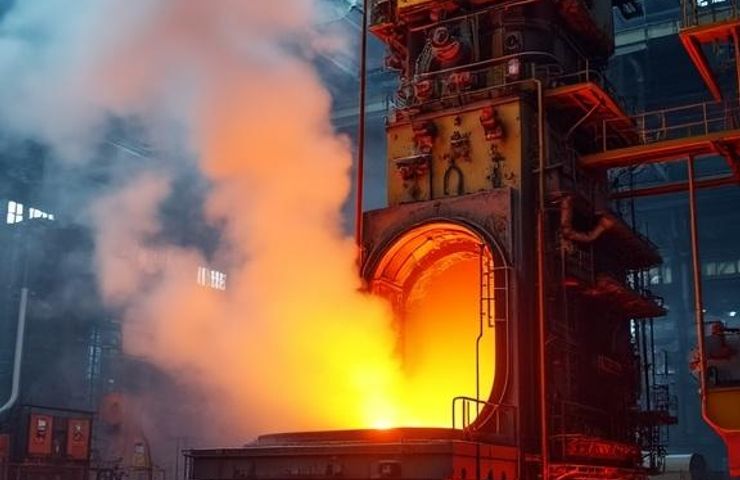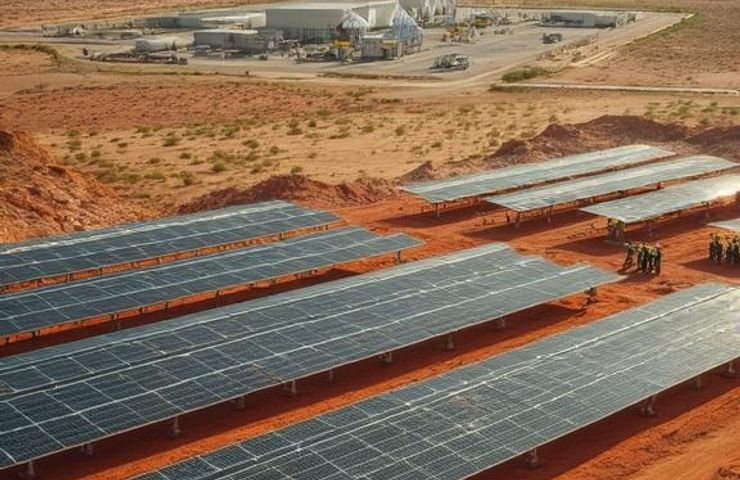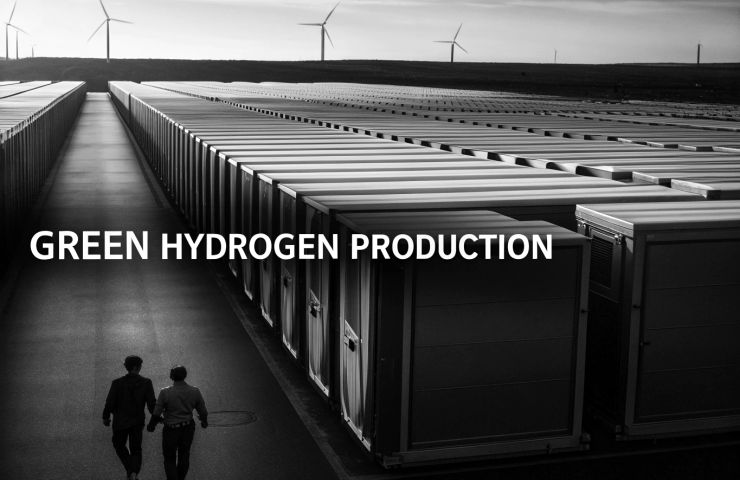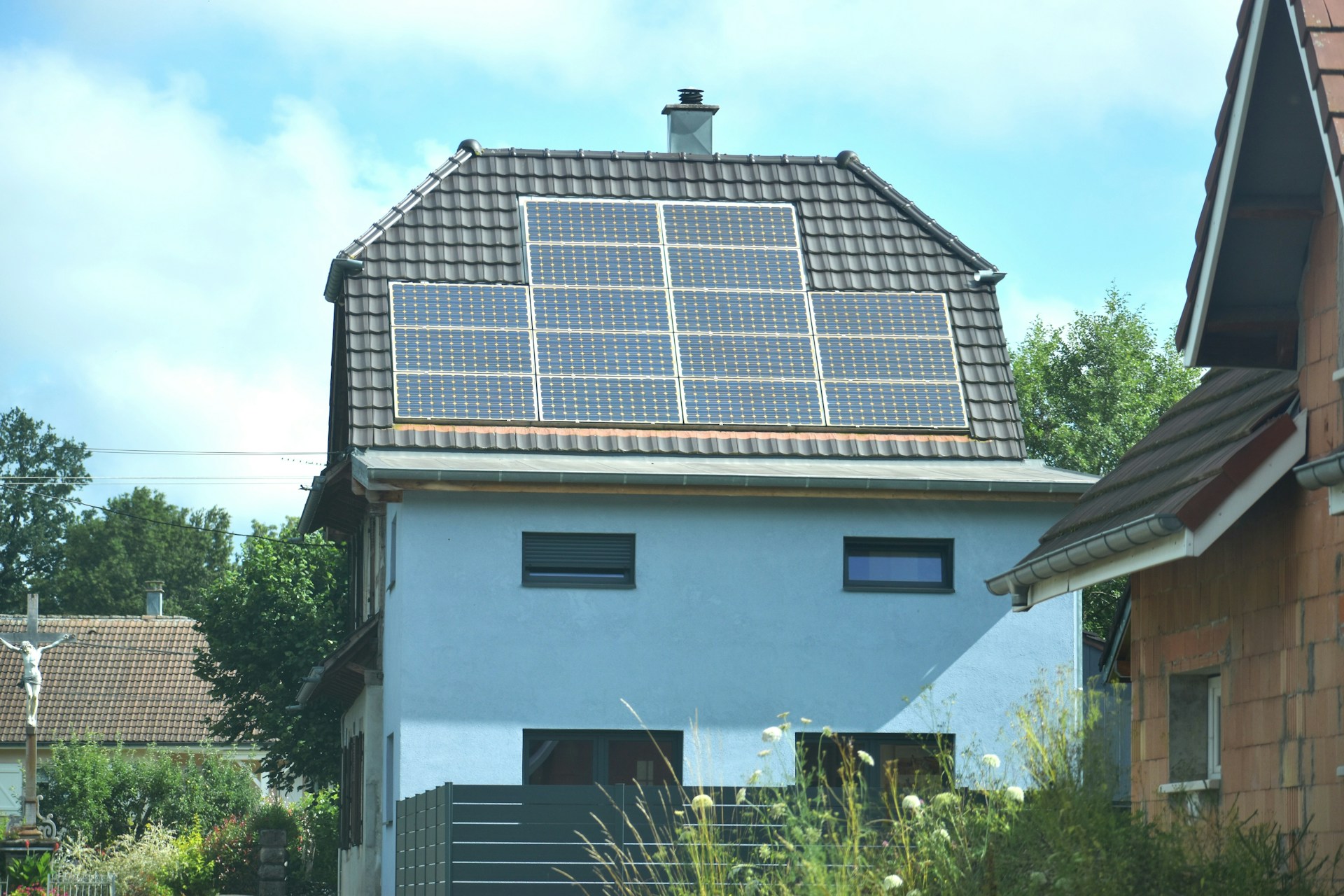A closer look at vertical agrivoltaics
pv magazine visited a 1.9 MW agrivoltaic plant in Austria where pumpkins and soy are cultivated beneath vertically mounted PV structures supplied by Next2Sun.

pv magazine visited a 1.9 MW agrivoltaic plant in Austria where pumpkins and soy are cultivated beneath vertically mounted PV structures supplied by Next2Sun.
German vertical PV specialist Next2Sun built a 1.9 MW agrivoltaic facility in 2022 on 5.1 hectares in the Austrian municipality of Neudorf an der Mur.
pv magazine visited the site, which is owned by a local farming company and currently supports the cultivation of pumpkins and soy.
Plant owners Peter Gsell and Josef Gründl said vertical configurations generally do not significantly interact with weather conditions. Dryness or excessive rainfall has similar effects in areas with and without panels.
The vertical structures were installed between crop rows that rotate annually, adjacent to conventional agricultural fields planted with the same crops. The lateral poles are buried to a depth of 2.5 meters, while the central poles supporting the panels are buried 1.5 meters deep. Rows of panels are spaced 9.4 meters apart to reduce shading.
A 0.5 meter gap is maintained between the panels and the plants, which Next2Sun said could be used to grow flowers.
“The harvest time in areas with panels is similar to that in areas without panels for crops like pumpkin, but up to 20% longer for soybeans,” Gsell said during the visit.
Gsell showed his phone displaying real-time production data: 1.28 MWh at 4 p.m., with peaks of 1.3 MWh in the morning and evening. In late June and early July, the plant produces an average of 12.5 to 13 MWh per day, according to Next2Sun.
The Austrian government granted the owners support covering 15% of the total investment, based on the land’s dual use. The owners, who estimated the investment at €1.7 million ($1.98 million), chose not to install ground-mounted systems.
“I am opposed to the use of photovoltaics on agricultural land. As for advanced raised agrivoltaics, however, shading can be problematic in Northern Europe,” Gsell told a group of Italian farmers visiting the system, adding that he had not seriously considered the alternative of agrivoltaics with panels approximately 2 meters high.
Gsell said the vertical configuration helps keep the panels clean, eliminating the need for manual cleaning. Since 2022, the owners have not cleaned the panels, aided by frequent rainfall and soil that is less dry than in Italy.
He said installation took five to six months, mainly due to material delivery delays. During that period, the land remained arable.
Gsell added that inspections are not required at the Neudorf an der Mur site, as there are no hanging cables and the installed cameras are sufficient to prevent insurance issues.
“We have a total of 4,500 panels, and currently only seven have this type of mechanical damage due to cultivation of the agricultural land,” said Johannes Huber, agrivoltaic project developer at Next2Sun, during the visit to the area on a day with temperatures up to 40 C.
Huber pointed to a module with visible cracks at the beginning of the second row. He said the photovoltaic panels used in the installation have a bifacial coefficient of 90%, while newer panels now exceed 95%.
He added that optimizing the frames to reduce shading can increase electricity output by 1% to 2%, while using bifacial panels boosts generation by about 10% compared to monofacial modules.
“To this we must add the panels' production profiles, which precisely allow production at times when the hourly price of electricity is highest. These two factors, bifaciality and production profiles, lead to an overall increase in the value of electricity production of 25%,” said Huber.
The new projects feature modules from Chinese heterojunction panel manufacturer Huasun, which include covers for electrical cables and connection boxes near the horizontal crosspiece. Huber said the configuration is also compatible with wheat, barley, rice, and beans, as well as other crops that do not regularly exceed the height of the photovoltaic modules.
Gsell estimated the cost of the structures at about €200,000/MW. In Austria, Gsell and Huber said traditional ground-mounted photovoltaic systems for agricultural use typically cost around €110,000/MW. Next2Sun noted that final structure costs depend on various technical and commercial factors, including soil type, corrosiveness, wind load, and on-site testing results.
What's Your Reaction?







